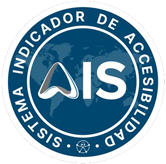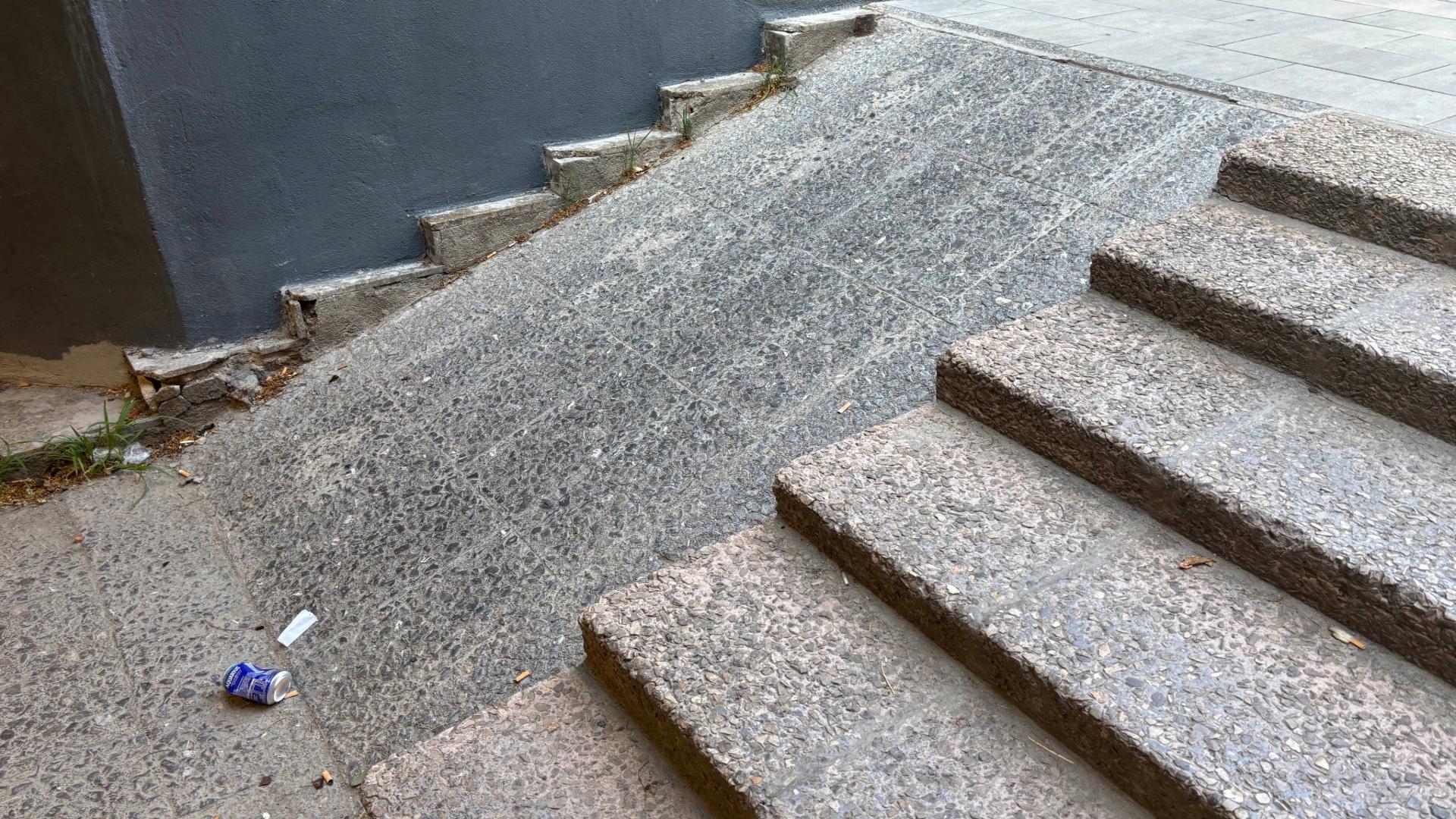Accessibility should not be a secondary issue in the design of public or private spaces. However, it is common to find “silly mistakes” in accessibility or easily avoidable with a minimum of common sense or technical knowledge. Here are 10 very real examples that, although they may seem absurd, still occur today.
1. Impossible ramps
Ramps that are too steeply inclined, have no handrails or slippery surfaces or pavements are not only useless, they are dangerous. Sometimes, AIS-approved technicians find ramps “that are only used to play on as if they were slides”.
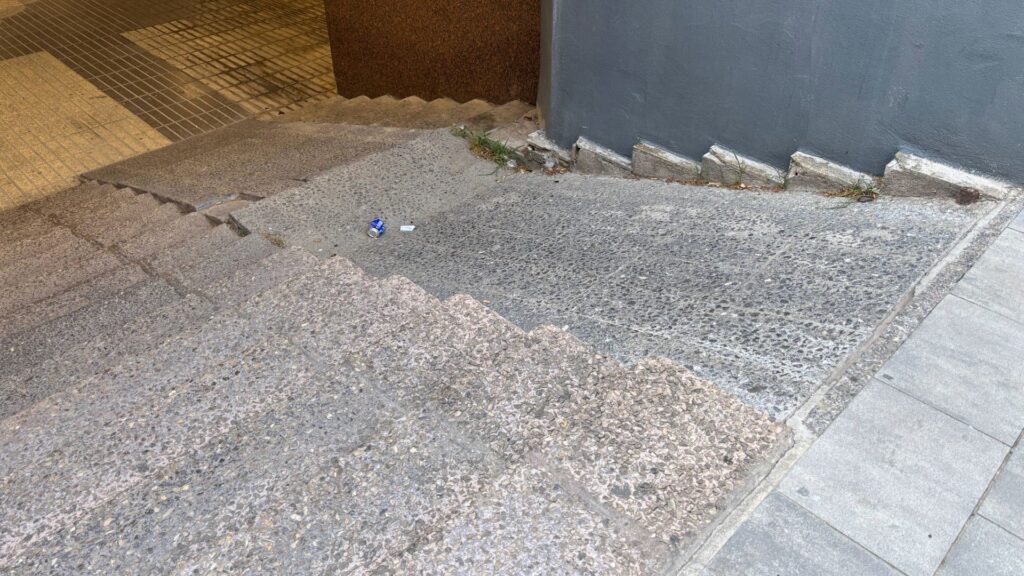
2. Handles on sliding doors that reduce the passage width gap
It seems unbelievable, but it is not. Passage openings that comply with the regulations, but which, when the handle is installed, recede by a few centimeters, but enough to prevent the passage of a wheelchair.

3. Routes that lead nowhere
Some podotactile pathways, whose function is to guide visually impaired people who use a cane, end up in a wall, an obstacle or simply… in nothing. This disorients rather than orients; and can even lead to dangerous situations. “We’ve seen routes that end up on the sidewalk, where there isn’t even a crosswalk. Very dangerous,” explain the AIS technicians.
4. Adapted parking spaces… too small.
A reserved space, or PRM space, is useless if it does not allow the door to be fully opened to remove a wheelchair or to disembark with assistance. Or if there is no space for the side ramp of an adapted vehicle. “Many people ask you what they want the approach space for. They don’t think a wheelchair user needs it to get into the vehicle,” explains an AIS technician.
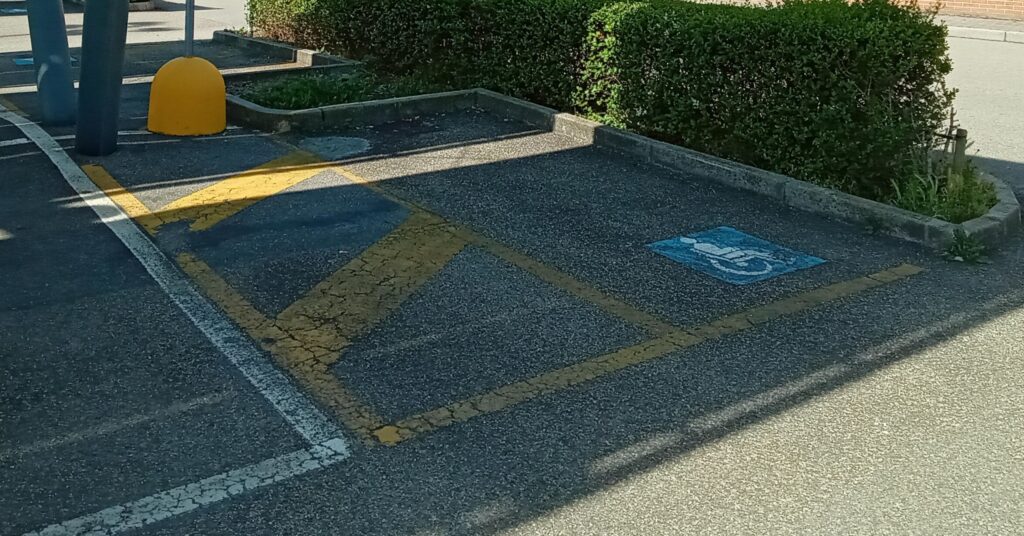
5. Podotactile warning pavement… in front of a door.
Placing tactile warning pavement just in front of a door creates a contradiction: it warns of a “danger” that is actually an exit or entrance.
6. Knob handles
Round knobs can be almost impossible to turn for people with reduced hand mobility or low strength. Something so small can impede access to a space, such as a toilet, for example.
“Having mobility problems in the hands does not imply having a physical disability, but it must be taken into account so that the space is usable for all people,” comment the AIS technicians.
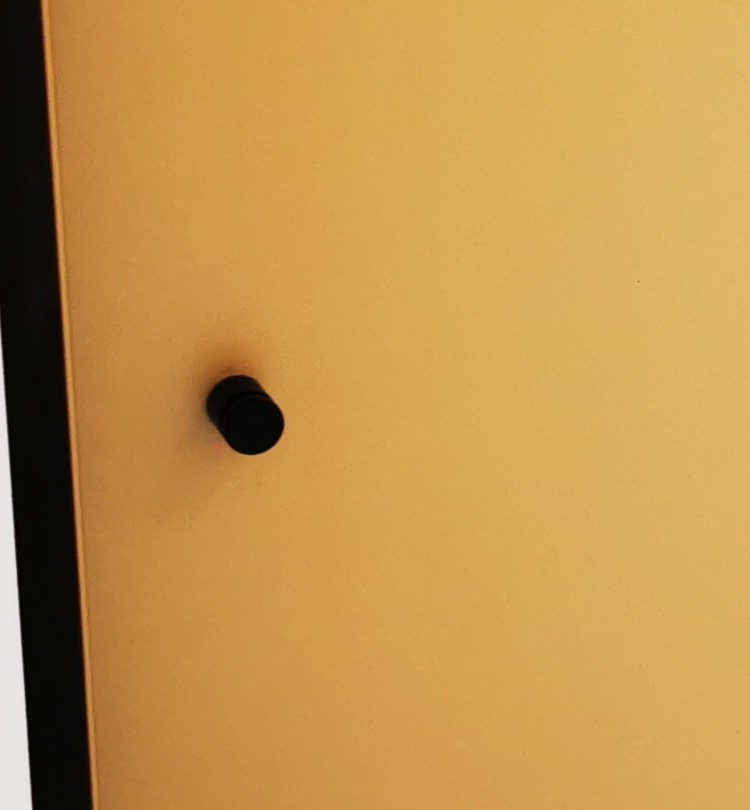
7. Stairs in front of the accessible access
Sometimes there is a ramp or elevator… but to reach them you have to climb steps. A nonsense that turns the accessible into inaccessible.
8. Accessible bathrooms full of obstacles
They designed the adapted toilets correctly, with the necessary space, bars on both sides perfectly installed, they signaled it correctly, and alarms were installed. Everything was perfect. And in its daily use it became a storage room, or a closet was installed for cleaning supplies… Making the bathroom unusable for people with disabilities. A clear ‘silly’ accessibility mistake easily avoidable.
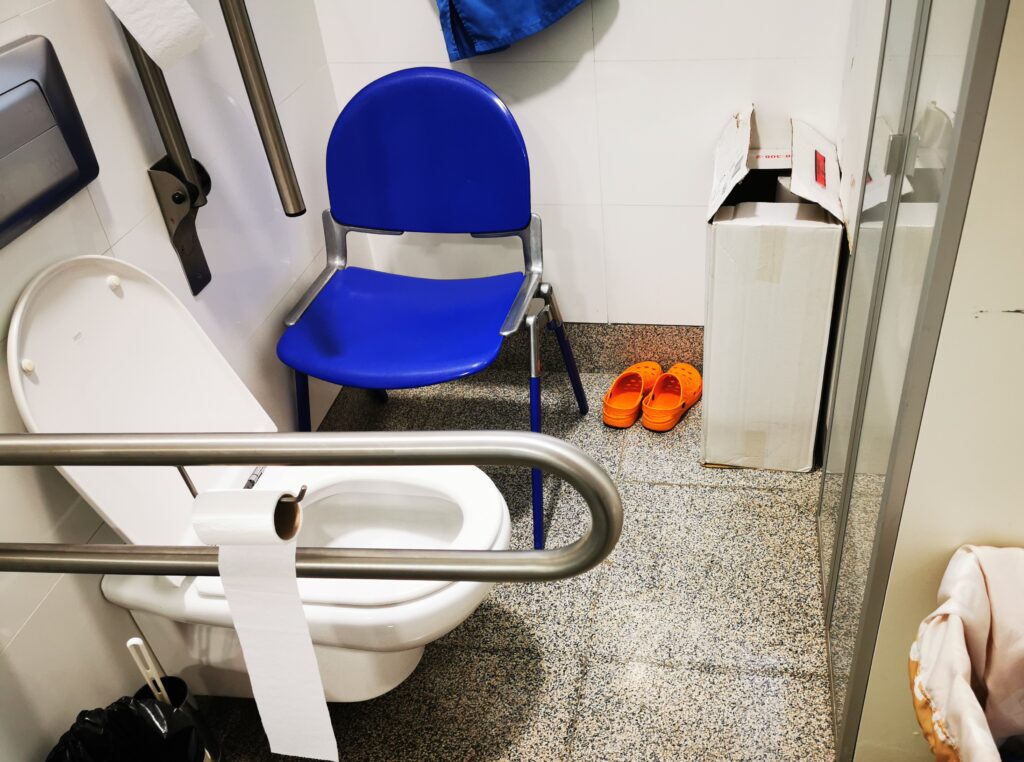
9. New elevators without accessible features
It seems impossible, but it happens: a modern elevator is installed without sound indicators, without Braille or accessible buttons. A great expense with a great omission.
10. Signage placed too high
A sign may have valuable information, but if it is placed 2 meters high, it is illegible for people in wheelchairs or with low vision.
It is not enough for signs to be accessible, they must also be installed according to accessibility criteria that make the space in which they are located usable.
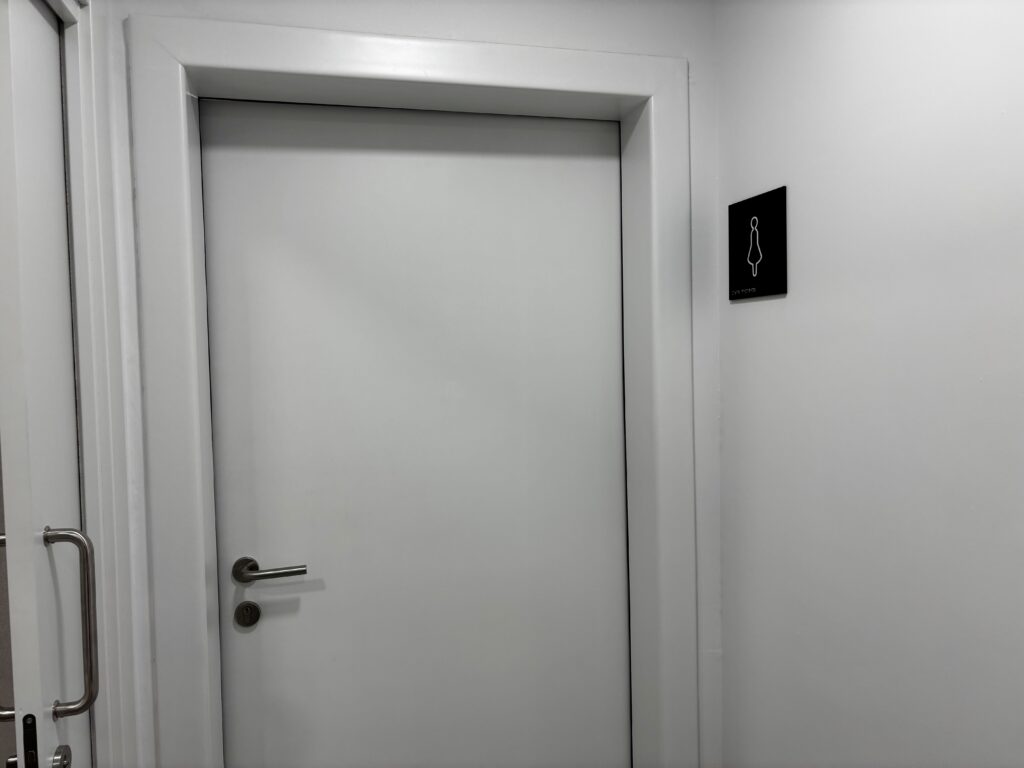
Many of these errors are detected after having invested time, money and resources; and correcting them usually implies additional expenses and work, which could have been avoided simply with prior training or with the collaboration of professionals specialized in accessibility.
In most cases, failures such as these are a direct consequence of a lack of knowledge, planning or technical support during the design, renovation or construction of the spaces.
Certifying a space with AIS solves this type of problem and avoids making ‘silly’ accessibility mistakes, as AIS consultants accompany the design process and evaluate built spaces. Providing practical and sustainable solutions, improving usability and avoiding or correcting faults that have a real impact on people’s lives.
How does AIS help you?
If you are the owner or manager of an asset, contracting certification allows you to:
- Evaluate existing spaces and detect physical, sensory and cognitive barriers.
- Advise you on new projects from the design phase.
- To accompany you throughout the life of the asset through maintenance and recertification.
- Ensure compliance with accessibility objectives through third-party verification.
- The creation of a plan of action based on the gradual phasing of the system from 1 to 5 stars; and the organization of CAPEX and OPEX.
- And many other things.
If you are a professional or consultant, training in AIS processes helps you:
- Verify the accessibility conditions of a space based on the AIS Standard.
- Accompany your client in the design and construction phase and in the implementation of improvements.
- Help you achieve the highest degree of accessibility possible with AIS.
- That your clients achieve an efficient and effective investment in accessibility.
- And many other things.
